Carbon emissions – more commonly known as greenhouse gases – are the leading contributors to the harmful effects our climate is experiencing.
As a result, many countries across the globe are turning their hopes to clean energy alternatives in lieu of fossil fuels such as coal, oil, and gas. Solar panels help to reduce our carbon footprint.
Wind turbines are the other excellent alternative to fossil fuels, but there are pros and cons of wind energy that solar doesn’t have because it’s easier to install solar panels and they’re low profile.
That’s why solar power is among the frontrunners for providing the earth with a clean, renewable source of energy for years to come.
How Does Solar Energy Work?

Basically, the sun emits electromagnetic radiation. While this warms and lights the earth, it’s also packed with energy that we can convert into electricity.
Photovoltaic (PV) panels are made of semiconducting materials that are treated with phosphorous and boron to create opposite charges between the top and bottom of the panel.
When solar radiation hits these semiconductors it creates a change in the electrical charge of the panel. As this happens repeatedly over the course of the day, the electricity created is harvested from the panel.
Panels can be tied into the electrical grid to provide net metering or used to charge batteries with electricity for later use. Electricity bills can go way down with a grid-tie inverter.
Solar Energy Definition
Solar energy is the radiation emitted by the sun. It provides light and heat, causes chemical reactions, and can be harvested to create electricity.
Solar energy is the most reliable and universally available alternative energy sources on the planet.
Solar Energy Challenges
There are so many pros to solar energy when it comes to powering our planet; however, like all energy sources, there are tradeoffs. Solar energy challenges are fewer than the positives.
- Typically, solar has been one of the most expensive forms of renewable energy under consideration.
Cost makes it difficult for developing countries to adopt new energy technology because fossil fuels are cheaper in most places. However, it is still very affordable in comparison to wind farms.
Thankfully solar panel kit prices over the last several years have dropped significantly, making them more affordable for residential adoption.
Furthermore, companies such as Tesla are furiously working to make them even more affordable and attractive so that the technology will gain wider adoption.
- One of the main disadvantages of solar panels is that they need coal for manufacturing and contain other hazardous materials like lead and arsenic that need special disposal at the end of the panel’s lifespan.
This gives them a little bit of a drawback because they create a lot of waste at the end of their lifetime, and the waste is not harmless.
- Sunlight isn’t totally reliable. The sun comes up every day but in many areas of the world, the sun is covered by clouds for weeks at a time, making the need to supplement solar energy with other forms of electrical generation.
The best renewable energy source for the future is not photovoltaic panels as we see them today. They’re pollutive and unwieldy. However, quantum dot solar cells could change that.
The challenges to solar energy are outweighed by the pros, in our estimation, but let’s take a look at the pros and cons of solar energy.
Solar Power Pros and Cons
Advantages of Solar Energy (Pros)
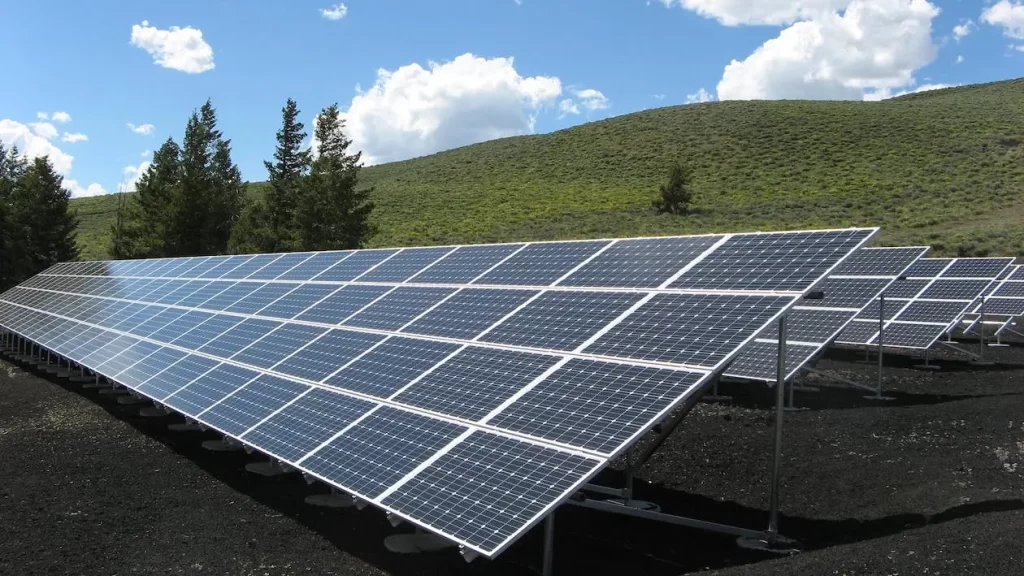
Solar energy is quite possibly the cleanest and certainly the most abundant energy source on the planet.
You can always count on the sun to rise and fall day after day, which also makes it one of the most reliable natural resources available on the planet.
In the U.S. specifically, solar power and its advocates face a number of unique, yet exciting challenges.
The pros listed below are some of the reasons why it may be worth pursuing as a long-term energy source.
1. Solar Energy is Clean, Renewable, and Sustainable
Solar energy is a clean renewable energy source, which means that we can never deplete our supply.
Solar energy will be available to us for at least the next 5 billion years.
In comparison to our ever-decreasing supply of fossil fuel and nuclear fuel, it’s essentially unlimited. This makes solar power an attractive option for the earth’s ever-growing energy demands.
The problem with solar isn’t a problem with the sun, but rather our ability to efficiently capture, store, and transfer solar energy.
Once some of the cons we’ll discuss get solved, solar might just be the answer to all of our problems.
2. Zero Greenhouse Gas Emissions
It’s no secret that traditional fossil fuels such as coal and gas emit a significant amount of greenhouse gases into the atmosphere.
There are definitely greenhouse gas emissions during the mining of resources and manufacture of solar panels, but once you install solar panels they capture the sun’s energy with zero emissions.
The process of turning solar energy into electrical power doesn’t release greenhouse gases into the environment, which makes it a popular choice among climate change politicians.
The greenhouse gas emissions created by solar panel systems can be lessened with newer technology in the future.
In the meantime, they’re still immensely cleaner than burning fossil fuels directly.
3. Creates Energy Independence
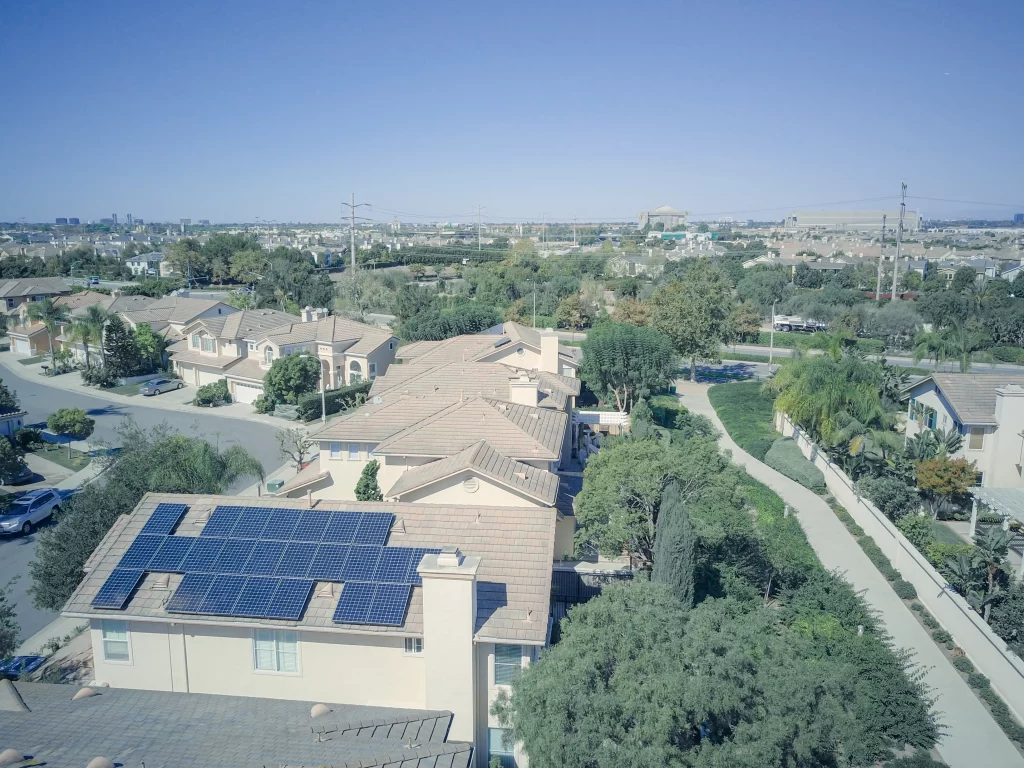
One of the excellent aspects of solar energy is its availability across the globe. Even developing countries can produce electricity where it’s needed with small solar panel installations.
This makes manufacturing and economic development so much easier and helps them achieve energy independence which is good for national security.
Since solar power doesn’t require access to a power grid, solar panels generate electricity anywhere. Energy can be fed into the grid or stored in batteries for later use.
Even in areas like California, homeowners who can power their own homes with a solar panel system are at a great advantage.
While the state’s energy crisis means that utilities are struggling to keep the lights on, those who achieve energy independence can maintain life as usual, at least at home.
4. Solar has Unique Applications
One of the advantages of nuclear energy is that it can reliably power a huge electrical grid or operate a nuclear submarine without fail. However, it’s completely inflexible once it’s installed.
The same can be said for the pros and cons of wind energy. It’s a great technology, but the turbines are massive and once they’re installed they have to stay.
Solar is unique in that it has a wide variety of applications, with more coming out every day. The micro-applications are fantastic!
Solar can be used to power street lights, homes, cars, and even small electronic devices, such as your phone & outdoor solar lights.
There is no other form of alternative energy that has this type of flexible and personal application.
While solar may not be as powerful on a larger scale as nuclear, it certainly has its perks and is the most versatile energy source.
5. Extremely Low Maintenance
Another pro of solar that other alternative energy sources don’t have is that it requires little to no maintenance, especially when compared to things like nuclear or even wind turbines.
Most residential solar panels require cleaning once, maybe twice per year. Keep the panels clean to keep energy output at its maximum.
Other than that, solar does its thing every time the sun is up.
The typical manufacturer’s warranty lasts anywhere from 20 to 25 years.
There is no other form of alternative energy that is so easy to maintain.
6. Technology is Rapidly Evolving
With climate change being a hot topic, many of the world’s smartest minds are turning to solar research in hopes of making key technological advances. And it’s working.
Nighttime solar energy storage is one of the solar energy cons. While storage solutions are currently expensive, they are improving and becoming less costly.
New battery technology and battery recycling is one of our biggest hurdles to widespread solar adoption. The work being done on this is exciting.
Fortunately, the highest demand for energy is during the middle of the day, which is exactly when the sun is shining the most.
Simultaneous with battery development is the development of higher output solar energy systems which are much more efficient than current models – making solar an even better alternative to fossil fuels.
7. Reduces Your Electricity Bills
The most obvious cost-friendly benefit of installing a solar panel system is that you won’t use as much grid electricity as you previously did.
You’ll be drawing a significant portion of your energy usage from your solar panels.
That means lower electricity bills or none at all!
Net metering is another way solar energy saves you money. Homeowners whose panels produce more electricity than they consume sell the surplus to the grid.
The value of the energy sold is then credited to their electricity bill at the end of the month.
Community solar participants can save on electricity bills even without owning any panels! How?
Participants of these innovative projects are entitled to a particular share of a solar farm’s total electricity output by subscription.
Those who own a share of the project enjoy the benefits as any other solar owner would, except there are no panels installed in their homes and businesses.
On the other hand, subscribers don’t own any part of the project. Instead, they pay a monthly subscription fee to buy solar electricity from the community solar farm.
Since no panels are physically present at your home, all these benefits will be transferred to you through remote net metering or virtual net metering.
8. Earns Tax Credits and Rebates
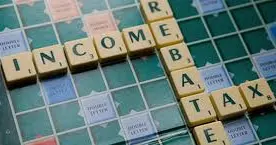
The federal government offers several incentives to encourage people to buy solar panels.
One of these is the Federal Residential Solar Energy Credit. Under this deal, you get 26% of the total cost of buying and installing your panel system as a federal income tax credit when you file your taxes.
For instance, if you install a solar system worth $20,000, you will pay $3,000 less income tax. You may not be receiving the money in cash, but paying that much less in taxes is great.
This tax credit won’t be around forever. It will be reduced to 22% in 2023 and then expire starting in 2024 unless Congress renews it.
Also, the Department of Energy lays out the following conditions for eligibility for the federal tax credit:
- You must own the solar system. Leasing programs do not qualify.
- The solar system must be located at your primary or secondary residence in the United States.
- If it’s an off-site community solar program, the electricity generated must be credited against and can’t exceed your home’s power consumption.
- The solar system must be new.
Depending on your state regulations and utility provider, you may also receive rebates after installing a solar PV system.
For example, some utilities provide subsidies of over $1,000 to homeowners who want to buy solar panels.
9. Improves Your Home’s Value
Growing interest in solar power means that the average American is willing to pay more when buying a home with a solar panel system installed.
You may have heard that it’s unwise to install solar panels if you’re planning to move out soon. While this is mostly true, it may work out to your benefit if you find a buyer who wants solar.
A 2015 study by the Berkeley Lab showed that many homebuyers are willing to pay as much as $15,000 extra for a home with owned solar panels.
That might not be a huge profit on your system, but it could help you to break even so you don’t take a loss on the system you’ve just installed.
Cons of Solar Energy (Disadvantages)
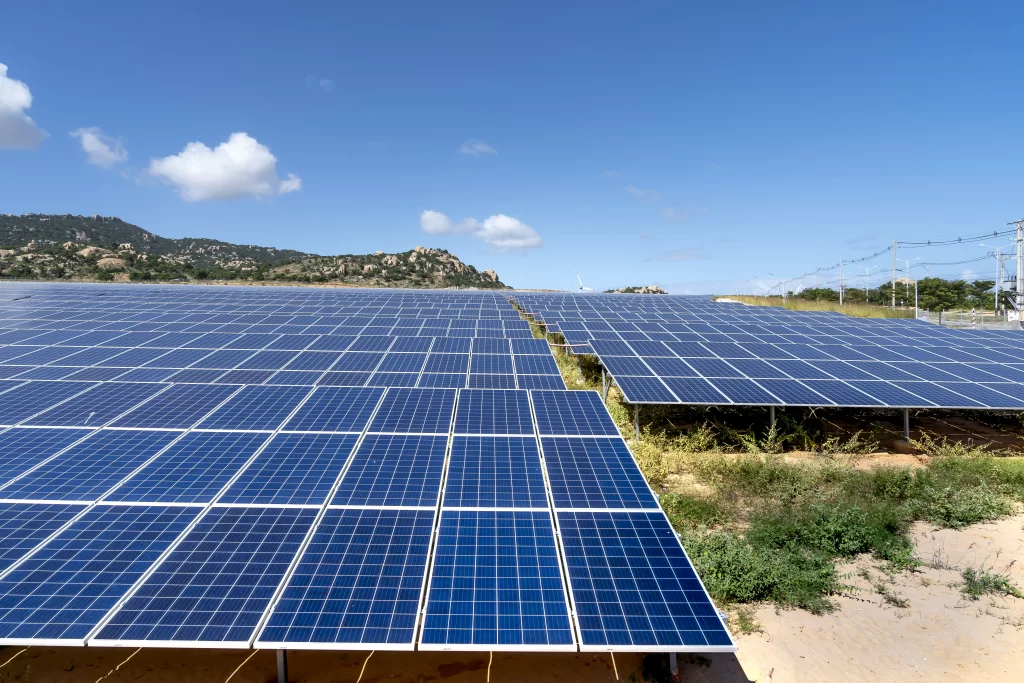
While solar power certainly has its advantages, it is not without its disadvantages.
Lots of people doubt the ability of solar to become a significant portion of a country’s power generation.
Places like Germany are doing their best to prove these non-believers wrong.
However, at the time of publishing, Germany is in an energy crisis that is forcing them to sign decades-long contracts for natural gas imports to keep citizens warm this winter.
They’re still committed to carbon neutrality, but they’re also showing how difficult it can be to balance energy needs and reduce carbon footprint using inefficient renewables.
There are a few other cons which we’ll discuss more in detail below. Let’s dive in.
1. High Initial Costs
Currently, the biggest downside to solar energy is the upfront investment, especially for a large solar installation.
Solar has proven itself to be a strong competitor as a viable source of energy for homeowners, but it’s costly to install.
Costs for the highest quality solar panel system can easily be several hundred dollars per panel, and it requires a small array to power a home.
With that being the case, over the span of 20 to 25 years (a typical solar panel’s lifetime), it turns out to be much cheaper than paying the utility company for grid-supplied energy.
2. Solar is an Intermittent Energy Source

If the cost is solar’s biggest downside, its intermittency is second in line.
Naturally, there is no solar collection during the night. This typically isn’t a problem because people use the most electricity during the day.
However, during days of heavy overcast, the amount of solar energy produced from a solar power system is reduced heavily, if not completely to zero.
For many areas, wintertime weather brings solar efficiency down so far that it’s useless in mid-winter when it’s most needed for light and heat.
That makes most people look to alternative forms of energy to supplement solar needs. Things like natural gas heaters, small wind turbines, and grid-tie electrical panels help to keep the home running.
The more we have to rely on fossil fuels to make up for the inefficiency of solar panels, the more we increase our carbon footprint.
Lithium-ion battery production has ramped up in recent years, with a corresponding decline in price. Current inflation levels have put a damper on the market, but it should recover if inflation is also checked.
The main way that nations store solar energy is by using water batteries to store the energy. A solar power system is used to pump water up into a storage reservoir.
Later, when the energy is needed, the water runs down through turbines to generate the needed electricity. This is an extremely efficient way to store energy collected from a solar panel system.
3. Low Power Output (Low Efficiency)
In comparison to nuclear, oil, and gas, solar has a much lower power output per unit.
Solar panels cannot provide sufficient energy to power something like a large manufacturing plant. Perhaps someday, but for now, it would require far too many panels to remain viable.
Currently, the efficiency of a solar panel is about 20%. That means that when the sun is shining directly on a solar panel (in optimum exposure) about 20% of that solar energy gets converted to electricity.
Compare this to the roughly 35% efficiency of wind turbines and about 35% efficiency of nuclear power plants, and it isn’t too terrible. New solar panels should be about 35% efficient as well.
Solar has so many advantages, and the biggest ones are individual use, micro-applications, and grid supplementation.
However, solar has a long way to go before it can keep a data center up and running or power a factory without requiring major fossil fuel assistance.
4. Solar Requires Lots of Space
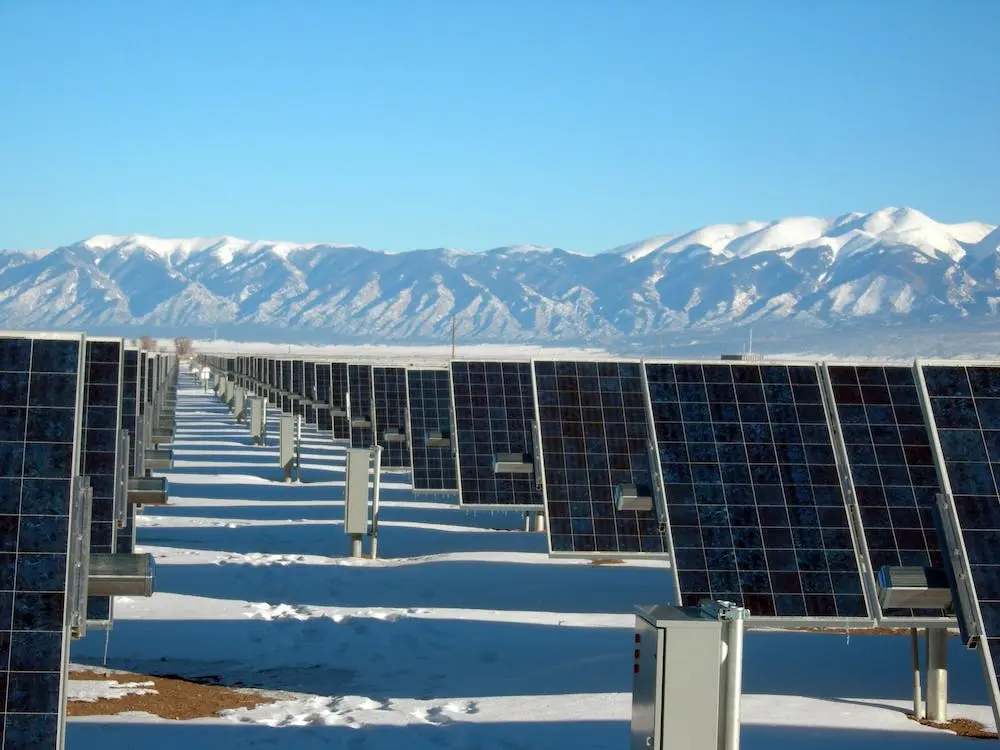
To go along with its low power output, solar energy requires a lot of space to produce electricity.
When looking at it as a business, how much real estate for the solar installation needed versus the energy provided is a factor that can’t be ignored.
Most buildings don’t have the real estate available for the number of solar panels needed to provide 100% of the power without failure, not to mention the amount of solar energy storage.
Solar panels produce about 1.5 micro joules per cubic meter – much more than other alternative energy sources, but 20 quadrillion times less than oil. That’s incredibly inefficient.
Meeting high energy demands requires high power density to remain competitive and affordably priced.
Solar can be great for smaller uses such as individual homes or as one of the gas alternatives for cars, but it struggles to compete against alternative energy sources based on its low power density (space to power output ratio).
5. Requires Rare Materials

The last cons we’ll discuss are the materials used to create solar cells.
Fossil fuels such as coal, oil, and gas are fairly easy to find. They aren’t renewable, but they are, at least currently, abundant in nature.
Unfortunately, the use of fossil fuels in the production of solar panels is actually increasing. Coal is used to make solar panels and to power production plants.
This is because the amount of energy required to make a solar panel is so high that there isn’t a source of renewable energy that can handle the job.
Solar cells also utilize certain materials that are expensive, non-renewable, rare, and in some cases are classified as hazardous waste.
Cadmium telluride and copper indium gallium selenide are a couple of solar cell examples that fit this bill.
6. Panel Waste is High, and Recycling is Low

Recycling remains one of the biggest hurdles in all forms of renewable energy.
If we have to use rare metals and non-recyclable components to make collectors for renewable energy, then we’re still going to eventually run out of the materials we need to harvest sunlight and wind.
One of the benefits of recycling electronics, like solar panels, is that many of the metals can be recovered, and the glass can also be recycled.
Solar panels have some toxic materials in them, so they can’t be put in the landfill. There are several ways they can be dealt with.
- Reusable components can be recycled. Metals, alloys, glass, and some plastics can be reused if they can be properly separated during recycling. One major problem with e-recycling is that it gets sent overseas where it’s done improperly and a lot of the materials are still lost.
- Toxic components can be disposed of properly. Lead, mercury, and other toxic materials have to be disposed of safely so they don’t leach into the land and water table. Responsible e-recycling will take care of this waste.
- Refurbished panels can be resold for use in a new application. There isn’t much of a market for refurbished solar panels right now because we’re getting them so cheaply from China. However, as materials run out there will be a desire for refurbished solar panels and this will cut down on solar panel waste.
The problem we have with solar power technology right now is that corporations and homeowners are excited to install them and reap the immediate benefits, but don’t want to take responsibility for the future.
The future of solar absolutely has to involve recycling and refurbishment programs because we’re going to have mountains of decommissioned solar panels to deal with in the very near future.
Final Thoughts
When it comes to creating a long-term plan for meeting humanity’s energy demands, installing solar panels has to be part of the equation.
The pros of solar energy far outweigh the cons, in our opinion because it’s an ever-improving technology.
Just because we don’t have all the answers today doesn’t mean we won’t have them in a decade.
We can’t afford to just ignore the sun’s energy that shines on us daily as part of our energy-dependence solution.
When it comes to the energy of the future, solar energy systems look to be promising with minimal disadvantages.
Where do you stand on solar power? Do you have ideas for how to make it more viable now and far into the future? Let us know in the comments below!
